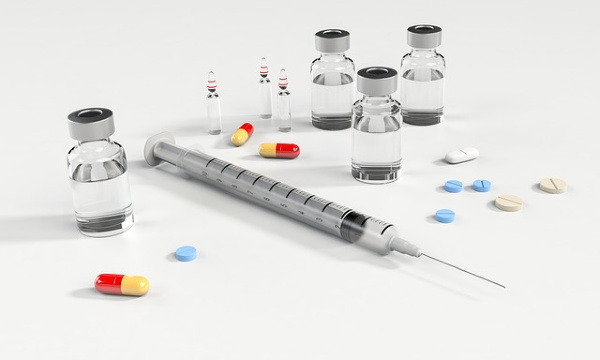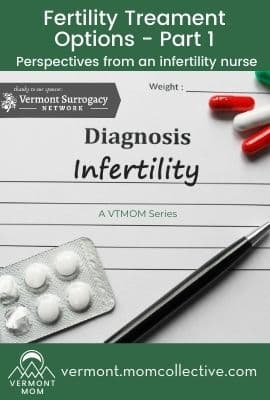Recommendations provided here are not intended to replace conversations with your own medical care provider.
Should you need help, there are so many options for fertility treatments.
Once you’ve completed your fertility and general health workup, your provider will make recommendations for the best fertility treatment for you. These options run the spectrum with regards to effectiveness and cost. Sometimes, you will be able to try simpler, less expensive forms of treatment before moving on to more invasive or more expensive methods. Here are some fertility treatment options that may be recommended for you to try:
Medications

There are medications that can be used to induce, or enhance, your body’s natural ability to grow a follicle and release an egg. Some of these medications are taken orally, and some are given by injection. Depending on the findings of your initial testing, your provider may choose to use one form of medication over the others to maximize the odds of the best outcome. Some of the medications that could be recommended are:
- Clomiphene (Clomid). Clomiphene has been used for many years as a way to help women to conceive when the workup shows no identifiable reason for infertility. It is taken starting around 3-5 days after your period begins in order to enhance the growth of an ovarian follicle. Sometimes clomiphene can cause more than one follicle to release an egg, which can result in a twin (or another type of multiple) pregnancy.
- Letrozole (Femara). Letrozole is shown to be effective in helping to kick-start ovulation in women who don’t release an egg on their own — for example, women who suffer from polycystic ovarian syndrome (PCOS). This medicine can also be tried if clomiphene has been unsuccessful.
- Gonadotropins (Gonal-F, Follistim, or Menopur, to name a few). Gonadotropins are the hormones that are produced by the pituitary gland to stimulate the ovaries’ production of eggs. Synthetic forms of these hormones can be injected in order to assist your body’s ability to go through its cycle of egg production.
Ultrasound

Your provider may ask that you have an ultrasound in order to ensure that you’re getting the correct results from taking the right medicine at the correct dose. The ultrasound is usually done around day 11-13 days after your period began, and just before ovulation occurs. The technician performing the ultrasound will look at your ovaries to see if there are any follicles and how big they are. Based on the results of the ultrasound, you may be asked to take an injectable medication to kick-start, or trigger ovulation to start in order to more precisely time the moment of insemination. Insemination needs to occur when the egg has been released from the follicle and is traveling down the fallopian tube.
Intrauterine Insemination

Intrauterine insemination, or IUI, is a simple procedure where a medical provider places a small catheter directly through the cervix into the uterus. The catheter has a syringe attached to the end of the tube that is outside the body. In the syringe is a semen sample that has been “washed” in order to separate the sperm from the seminal fluid. Pure semen has debris and non-motile sperm that can potentially prevent the “good” sperm from getting where they need to go. The sample is released into the uterus, where the sperm will hopefully travel to the fallopian tube to the waiting egg in order to create an embryo.
IUI can be done in conjunction with the medications and ultrasound described above. It can also be done by using an ovulation predictor kit to detect the rise of luteinizing hormone, which begins the process of ovulation. This hormone increase usually occurs about 24-36 hours before ovulation, so IUI will be timed to take place during that window.
IUI is meant to maximize the number of sperm that actually make it into the uterus, which can increase the chances of conception. The success rate of IUI per cycle varies from one clinic to another but can be as high as 20% per cycle.
All of the interventions described above are used to help maximize the chances of an egg and sperm meeting in their natural environment.
For many people, these treatments can be effective and successful. You and your provider will discuss all of the options available to you and make the best decisions based on your workup and desires.
At the Vermont Surrogacy Network, you will be part of an experienced team of medical professionals who will support and guide you through your treatment cycles and beyond. Regardless of the outcome, you can be sure that you will be an informed and active member of your treatment plan every step of the way.
If none of these options work, there’s still hope. Stay tuned!
Vermont Mom would like to thank Vermont Surrogacy Network for making this series possible.
Pin this post and be sure to follow Vermont Mom on Pinterest!
Make sure you don’t miss any of our engaging and relevant blog posts about Vermont, parenting, and life! And, of course, our awesome events! Don’t miss out- sign up for our weekly newsletter today.









